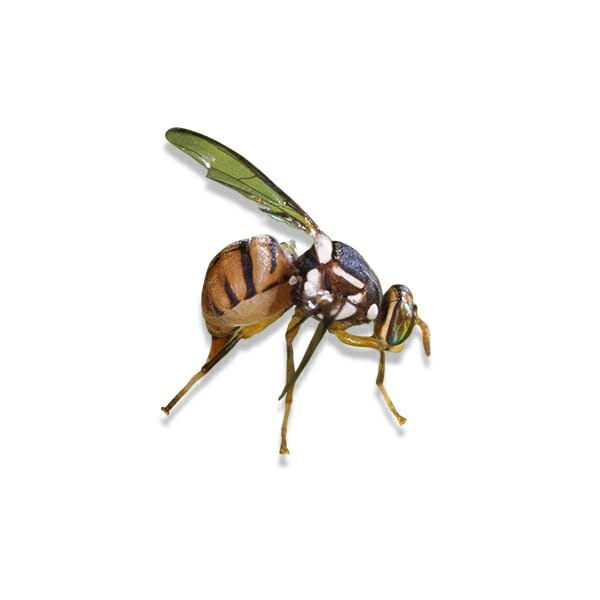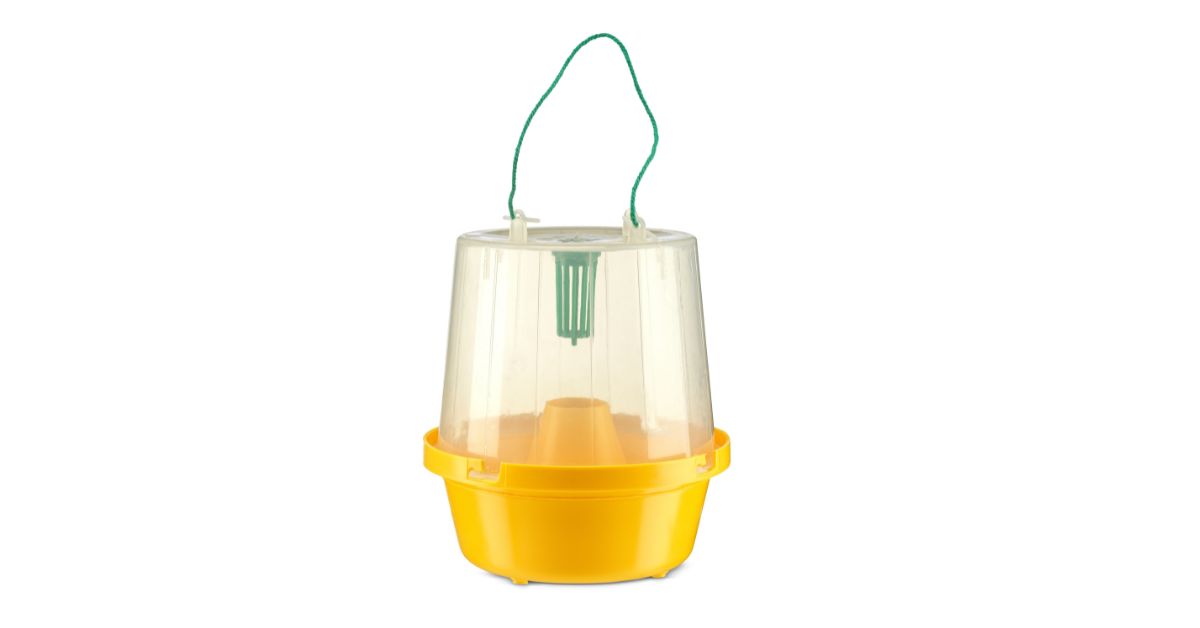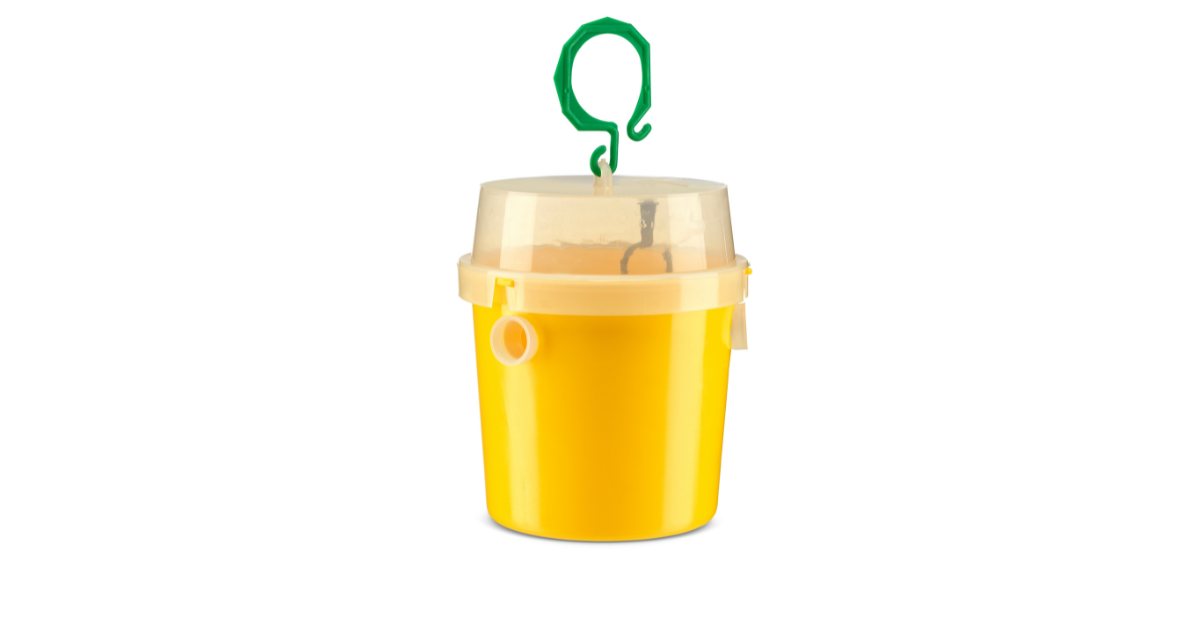Oriental Fruit Fly, Bactrocera dorsalis
The oriental fruit fly, Bactrocera dorsalis, is a serious pest of mangoes and other tropical fruits such as papaya.
Originating in the Asiatic region, the oriental fruit fly is now found in approximately 65 countries, including parts of America and Oceania, and most of sub-Saharan Africa.
Russell IPM manufacture and supply pheromone lures, traps and complete monitoring systems for Bactrocera dorsalis, the Oriental fruit fly. Accurate monitoring is essential to minimise damage and protect crops. Therefore, installation of pheromone traps will alert to the presence of unwanted pests at an early stage, detecting the insects before they become a major problem and enabling timely and effective treatment.
The fruit fly is a very destructive pest that is well established in Asia: Bangladesh, Bhutan, Cambodia, China, India, Indonesia, Japan, Laos, Malaysia, Myanmar, Nepal, Ogasawara Islands, Pakistan, Philippines, Sri Lanka, Taiwan, Thailand and also Vietnam. B. dorsalis can be found in the United States, particularly Hawaii, California and Florida where reocurring infestations are common) Bactrocera dorsalis can fly 50-100km and has up to 10 generations of offspring per year.
Russell IPM offer Zonatrac against this pest – an innovative system that utilises an attract and kill technique against the males of the Bactrocera species.





